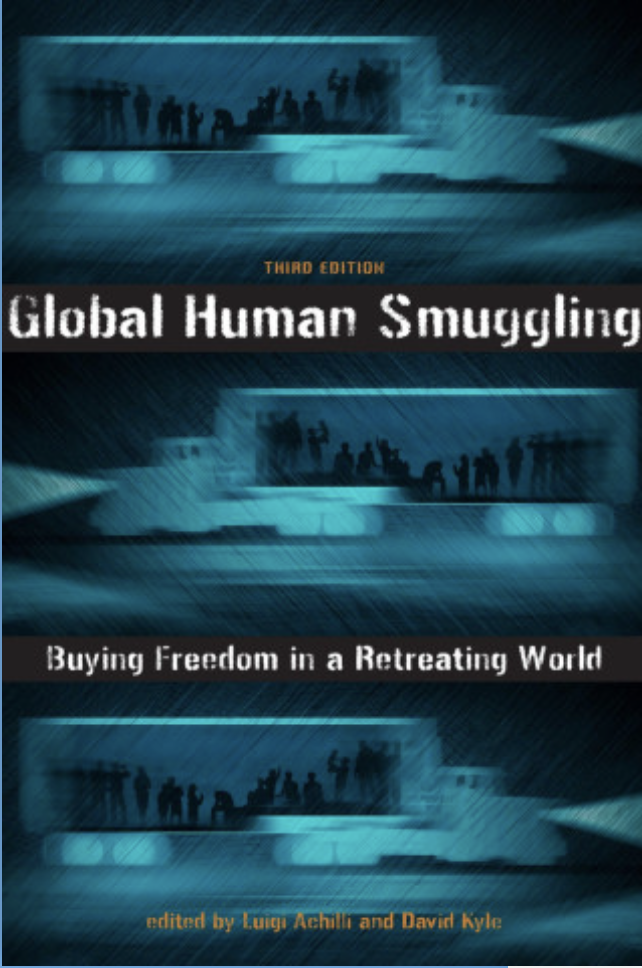Irregular migration
Coordinated Mobility: Disrupting Narratives of Convergence in the Irregular Migration of Youth from the Gaza Strip
Public Anthropologist 3: 93-110 (2021)
This article confronts the assumption that when irregular migration takes place in a context deemed to be terrorist, the two converge. The analysis is drawn from ethnographic fieldwork with young people engaged in the process of irregular migration from the Gaza Strip in occupied Palestine – a place often described as the largest open-air prison in the world. By analysing the process through which young people “coordinate” their movement out of Gaza, and their primary motivations for doing so, the article disrupts the idea of an incumbent criminal convergence of terrorism, irregular migration and human smuggling. It contributes to the growing literature which argues that, rather than operating with or through organized terrorist or criminal networks, the facilitation of irregular migration draws on improvised praxis. In the case of Gaza, it is also undertaken by youth in protest of the status quo of over twelve years of Israeli-Egyptian blockade of the Gaza strip, and the rule of the Hamas authority throughout this period. By attending to the experiences of youth in Gaza, the article explains the layers of economic and political agency that enable mobility in what is typically considered to be a highly immobile context.
Protecting Irregular Migrants in Europe
A Horizon Europe Consortium, led by EUI
At the EUI Migration Policy Centre, I currently co-lead comparative qualitative research on irregular migrants in Europe, specifically addressing the factors that shape irregular migrants' access to work opportunities in Europe; their work conditions; and how these conditions impact their families. In the scope of this project, I am currently conducting field research among irregular migrant workers in Italy.
In Search of Protection: Irregular Mobility Among Palestinian Youth in Gaza
Describing any form of mobility as “irregular” might conjure up a number of images: large sums of money paid to greedy individuals who seek to exploit vulnerable individuals; hidden processes that are illicit, if not illegal; actions that need to be concealed from authority. In Gaza, mobility is not completely licit, in that it is not managed through a formal or governmental authority. In spite of the draconian security and movement restrictions imposed on Palestinians in Gaza by Israel, young people continue to elaborate new ways to leave. The pursuit of irregular processes is therefore undertaken in Gaza as the only way to attempt to secure protection and safety. This chapter argues that, among Palestinian youth, individuals who enable this process (be they smugglers or other kinds of migration facilitators) are not seen as exploitative individuals. On the contrary, they are perceived as resourceful service providers who can conjure up mobility in a distinctly immobile place. The mundane, routine interactions between these facilitators of irregular migration and the young Palestinians are formed on the basis of community links and shared solidarities where the financial cost of leaving Gaza is seen as the required compensation for a valuable service intended to bypass the movement restrictions imposed by Israel.
“The sea is sacred”: the construction of care, safety and children’s wellbeing among parents on the move in Tunisia
My current field research in Tunisia involves engaging with parents of young children planning, or who have previously attempted, to leave Tunisia by boat to reach Italy. With them, I seek to understand how parents make choices in the best interests of their children; what guides their decisions; and how the existing categories and concepts that we have to explain these choices fall short in capturing the reality of their experiences.

